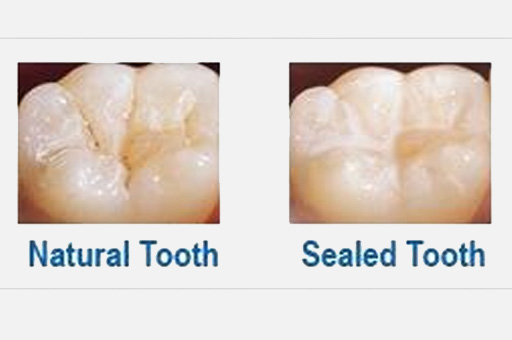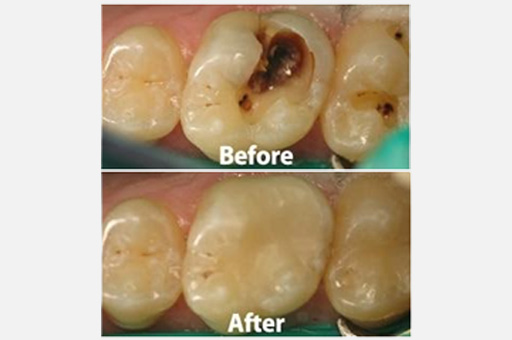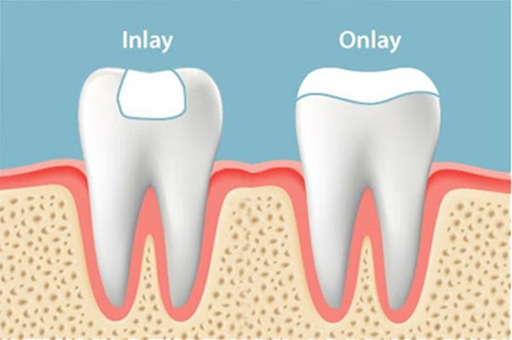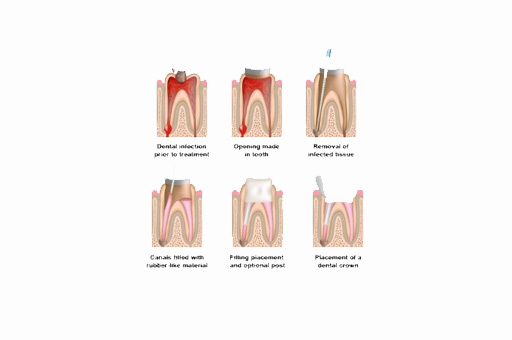Restorative Dentistry & Root Canal Therapy
Restorative Dentistry & Root Canal Therapy are a part of the branch of dentistry known as Conservative Dentistry and Endodontics. As the name suggests, these treatments try to conserve as much of the healthy tooth structure as possible, removing only that tooth structure which has been decayed beyond repair, thus conserving as much of your tooth as possible. Teeth that have deep decay may also need endodontic treatment such as Root Canal Therapy and Post and Core Therapy. The aim during these treatments is to make sure your natural tooth is restored in order to function properly.




